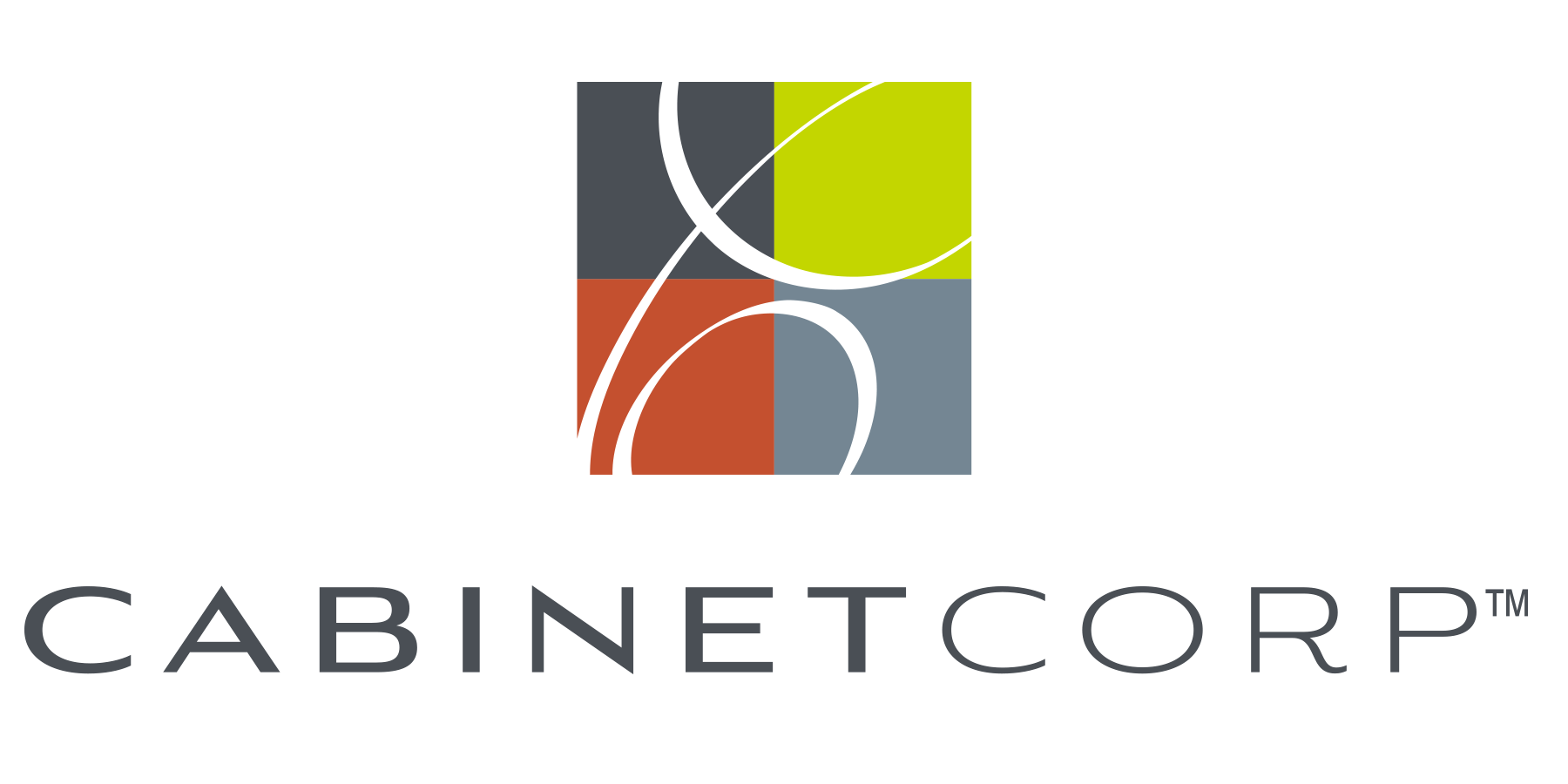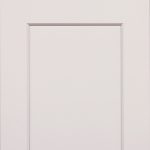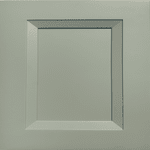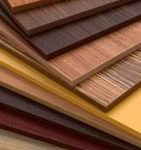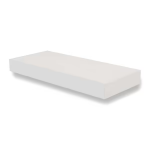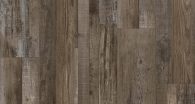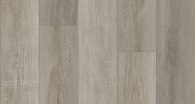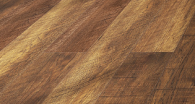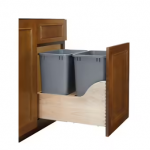Creating spaces that promote relaxation and well-being has become essential in today’s fast-paced world. Builders and dealers play a crucial role in this endeavor, especially through the careful design of the cabinetry. Well-designed spaces greatly affect mental and physical health. Here are some key considerations for cabinet design that nurture wellness and relaxation.
1. Incorporate Natural Elements
Integrating natural materials and textures into cabinet design can dramatically reduce stress and enhance well-being. Cabinets made from sustainable wood, bamboo, or reclaimed materials add warmth and comfort to any space. Light wood tones like oak, ash, and maple create a natural look that brings calming outdoor energy inside.
Tip: Pair light wood cabinetry with green plants and large windows to maximize the wellness benefits of biophilic design. Natural light and plants enhance the look of a space while also improving indoor air quality and mental health.
2. Choose Soft, Muted Colors

Color psychology is vital in shaping how people feel in their living spaces. Soft, muted tones—such as pale blues, greens, and warm neutrals—are ideal for creating a relaxing atmosphere. For example, blue evokes a sense of calm and serenity, while soft greens promote balance and peace. These colors work particularly well in cabinets, as they help reduce visual clutter and create a soothing environment.
Pro Insight: Consider cabinetry in sage green or misty gray tones for a fresh and tranquil ambiance in kitchens and bathrooms. These shades enhance relaxation and complement various decor styles, making them versatile choices for homeowners.
3. Optimize Storage for a Clutter-Free Environment
Clutter is one of the biggest contributors to stress in the home. Therefore, cabinets with ample storage and intelligent organization solutions can help homeowners maintain clean, clutter-free spaces. Pull-out pantry cabinets, lazy Susans, deep drawers, and appliance garages facilitate the organization of kitchen tools and ingredients.
Design Tip: Recommend that clients utilize built-in drawer dividers and shelf inserts for tailored storage solutions. By optimizing storage, you not only enhance functionality but also create an environment that fosters mental clarity and focus.
4. Consider Ergonomic Cabinet Design

Ease of use is essential for creating a kitchen that feels like a sanctuary. Cabinets designed with ergonomics in mind can significantly reduce physical strain and enhance functionality. Features like soft-close hinges enable homeowners to navigate their kitchens quickly, making meal prep more enjoyable.
Suggestion: Emphasize ergonomic cabinet hardware, like sleek bar pulls or touch-to-open features, for a smooth user experience. These small changes can greatly enhance how homeowners use their space, encouraging relaxation while cooking and cleaning.
5. Introduce Smart Storage Solutions for Hidden Appliances
Minimizing visual distractions is another effective way to promote wellness through design. Adding cabinetry solutions that conceal appliances can create a more serene and cohesive environment for homeowners. Appliance garages, integrated appliances, and pull-out trash bins help conceal kitchen elements, creating a sleek and calming appearance.
Bonus: Hidden appliances promote a smoother flow in busy areas like the kitchen, making it more inviting for socializing.
6. Enhance Lighting with Integrated Cabinetry
Lighting plays a crucial role in promoting a sense of calm and well-being. Adding LED lighting, especially under-cabinet lights, creates a soft glow that adds warmth to the space. This type of lighting enhances the aesthetic and provides functional brightness for meal prep and other tasks.
Pro Tip: Install LED lights in cabinets to let homeowners adjust the lighting to their liking. This flexibility can help create the perfect mood for any occasion, from quiet dinners to lively family gatherings.
7. Create Balance with Minimalist Cabinet Design
Minimalist designs help create spaces that feel open and balanced. Shaker-style cabinets or flat-panel doors with clean lines can reduce visual clutter, fostering a sense of order and calm. Simplicity in design encourages relaxation and contributes to an overall calming atmosphere in the home.
Trend Alert: Slim Shaker styles and slab-front cabinets are gaining popularity for their minimalist, wellness-centered aesthetic. This approach aligns with the desire for less clutter and more serenity in living spaces.
8. Sustainable Materials for Eco-Friendly Wellness
Choosing eco-friendly materials is another crucial aspect of promoting physical wellness in the home. Builders can minimize chemical exposure and improve air quality by using low-VOC materials.
Suggestion: CabinetCorp offers eco-friendly materials catering to modern aesthetics and environmentally conscious homeowners. Highlighting sustainable options can also resonate with clients promoting environmental responsibility in their design choices.
9. Focus on the Kitchen as a Wellness Hub

The kitchen is not just a place to cook; it’s the heart of the home, where nourishment and family connections thrive. Builders can transform the kitchen into a true wellness hub by designing cabinetry that supports healthy living. Adding storage solutions like pull-out spice racks makes nutritious foods more accessible, encouraging healthier eating habits. These small design choices can inspire homeowners to engage more with their food and foster a sense of well-being.
Final Thoughts
At CabinetCorp, we understand that the kitchen is more than just a cooking space; it’s a sanctuary for wellness. Professionals can enhance homes and support healthier lifestyles by adding design elements that reduce stress and promote relaxation.
Cabinet design choices, like color and smart storage solutions, are crucial for creating spaces that foster well-being. By embracing this understanding, you can help your clients transform their homes into havens of relaxation and tranquility. Assist them in creating restorative retreats with thoughtful cabinet designs that positively impact their lives.


